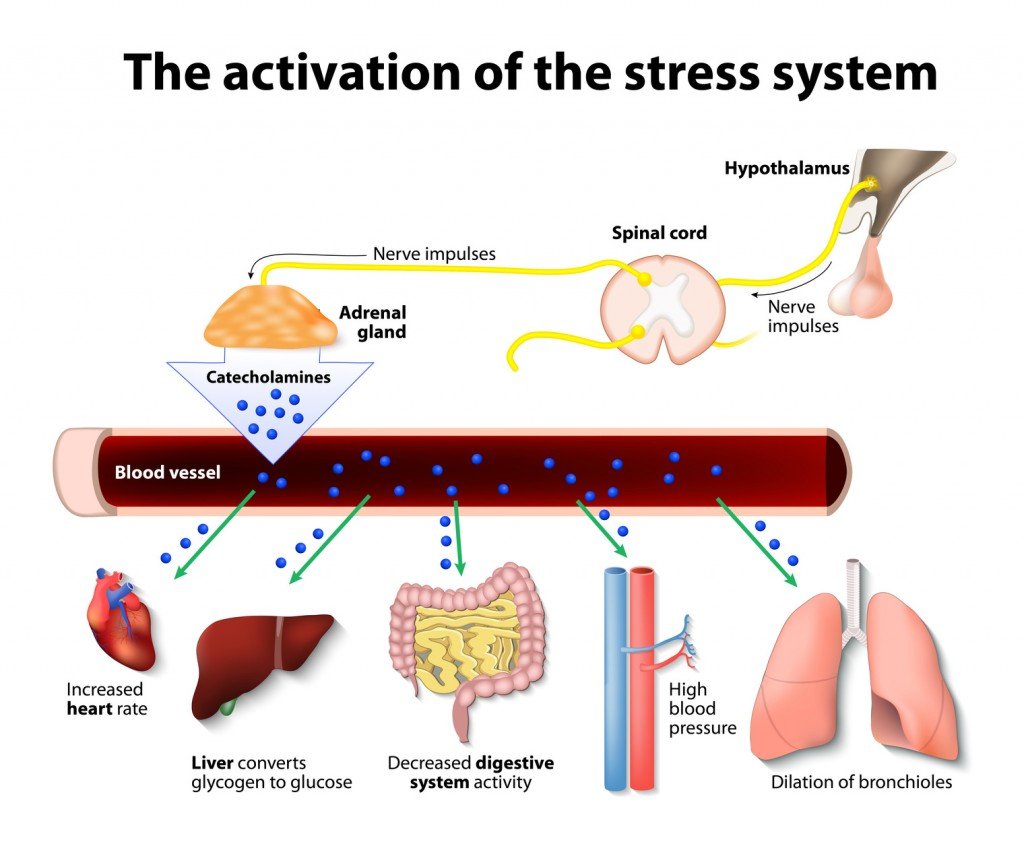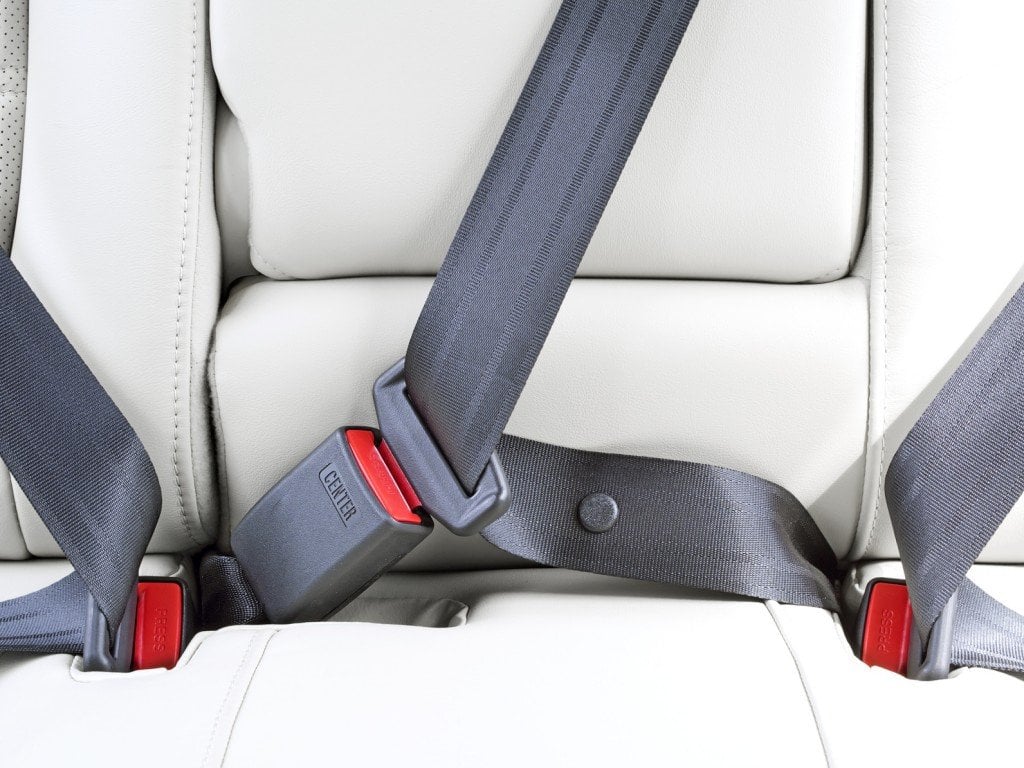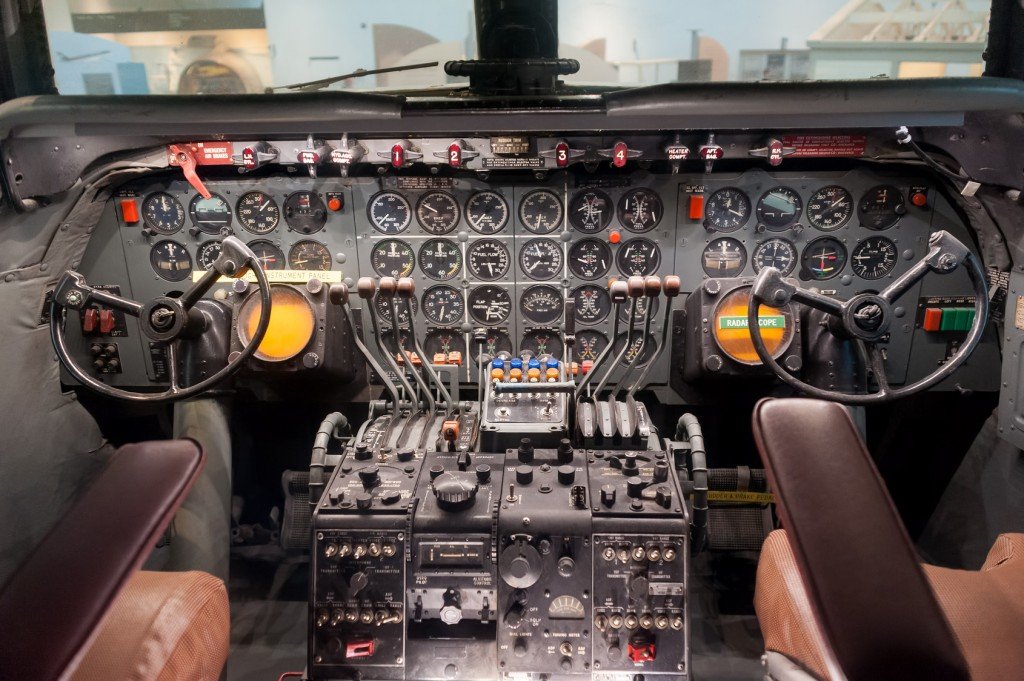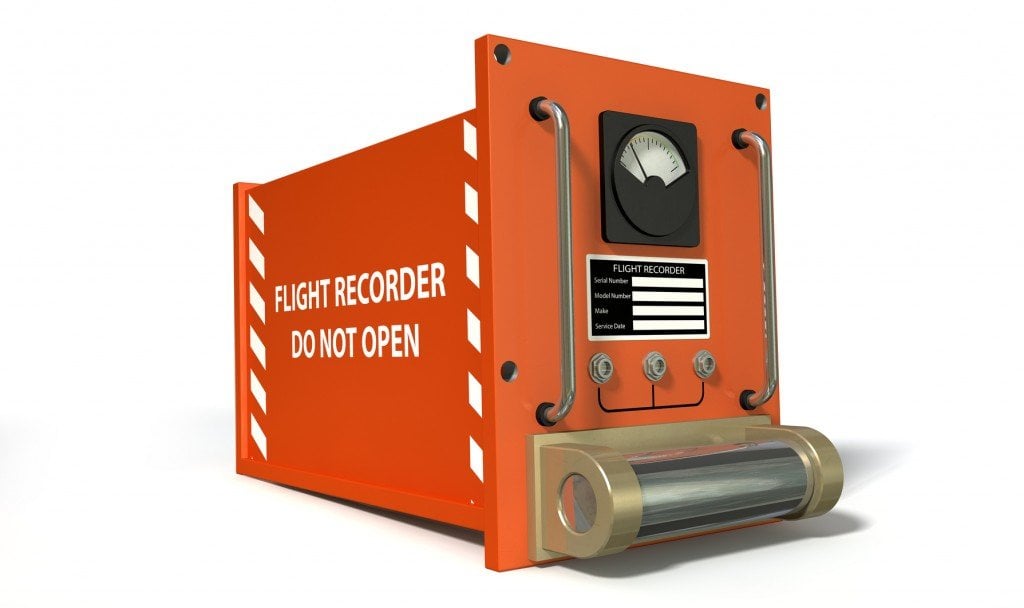This fascination with “fast” all began when prehistoric humans invented the wheel. Even before that, humans were thrilled by speed, but since there was no external invention or agency that could make humans “go fast”, all they could do was marvel at fast-flying birds and animals, or the speed at which they could throw something through the air. Furthermore, running would mean expending a lot of energy, which was much more difficult to replace back then. Humans were not quite as obsessed with speed as we are today, but there was still that curiosity. So, what is it about speed that makes it so compelling and thrilling?
The Obsession with Speed
We live in a time where everything is expected to be done quickly; we praise the fastest race cars, the fastest airplanes, the fastest swimmer, fastest sprinter… the list can go on and on. There are countless movies, TV shows and advertisements that try to tap into the human obsession with speed. If you observe an advertisement of a new vehicle, you’ll find that every advertisement contains some mention of the vehicle’s top speed and the amazing power of the vehicle being promoted. Why is this such an important aspect? Shouldn’t safety be the top priority?
Quite simply, car manufacturers want to market their product to as many people as possible, and they know that the mere mention of speed fills an individual, especially men (according to researchers) with a sense of excitement that almost resembled joy!
A study in Organizational Behavior and Human Decision Processes, published back in 2009, looked at the testosterone levels of a group of men who were driving a sports car and another group of men driving a sedan. These two groups were made to drive on two types of streets; streets that were filled with women and number of deserted streets. The results showed that the men driving the sports car had higher levels of testosterone, but the interesting thing was that the types of street being drive on, either filled with women or entirely empty, had no effect on the testosterone levels.
What Happens When You Go Fast?
As you ‘floor’ the pedal, there is a sudden spurt of the adrenaline hormone in your body, which in turn has many effects: your blood pressure rises instantly, your heart beat races, your body temperature rises, and you can feel a tingling in your limbs. These effects are seen in both males and females, but are decidedly more pronounced in males. This is why the obsession of speed is commonly associated with testosterone. This is also the reason why men are generally considered to be more reckless behind the wheel.
Dopamine and Monoamine Oxidase (MAO)
This is another biological factor that determines your speeding obsession. MAO is a regulator in that brain that is associated with a dopamine (a reward chemical that is strongly related to pleasure-seeking behavior) receptor called dopamine-4. Therefore, if you have low levels of MAO, there is a good chance that you’re the kind of person who craves thrills and adventures. Engaging in these activities on a regular basis can lead to the formation of habits, which tends to make people risk their (and potentially others’) lives in order to experience ever-increasing thrills.
A Pinch of Psychology!
You testosterone isn’t the only factor behind this strange male-oriented phenomenon. You ego also makes you feel thrilled by speed. As you climb onto a bike or step into a car, there is an immediate change in your psyche. The vehicle you are driving becomes an extension of your personality, which is why men are more likely to purchase sports cars than women, as they are considered to be a status symbol that traditionally boosts mens’ ego and increases their masculine appearance. Making the vehicle under your control go even faster boosts the ego an immense amount, which can be another habit-forming sensation!
Speed is certainly not a bad thing, but like anything else, an excess of it can have some very serious repercussions that you absolutely don’t want to experience. Remember, going fast is fun and exciting, but you are also operating a 2-ton piece of metal that can do some serious damage to yourself if handled improperly – not to mention the innocent people all around you! Check your speed and stay safe!




























